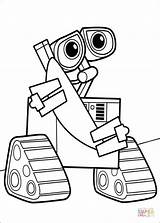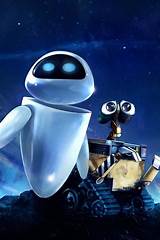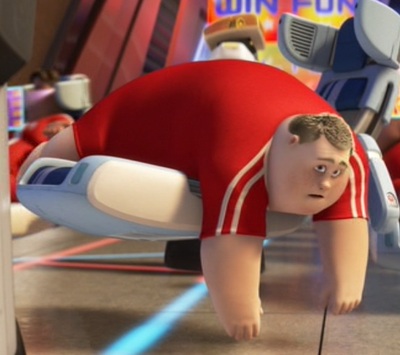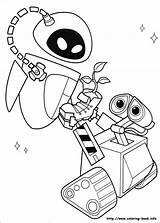By Jada Fox
Imagine a world where everything you would ever need, or think you want, is at your fingertips! Is the idea of only depending on basic necessities the same as truly living? What happens when there seems to be a difference between the two?
Wall-E is an animated feature released on June 27, 2008, produced by Jim Morris, and directed by Andrew Stanton. Wall-E is about a future dystopia based on technological control. This dystopia revolves around the idea of how an advanced technology (created by humans) becomes the biggest enemy of its creators and begins to harshly control and oppress them.
The setting of Wall–E takes place in 2805 A.D. During this period Earth has become a desolate wasteland. Wall-E is a clean-up robot, one of many left on earth whose purpose is to clean up the world. Wall-E is a very optimistic and happy-go-lucky robot, who enjoys collecting things that pique his interest. EVE is another robot that gets sent to Earth to search for any possible form of life left that would indicate that humanity can once again return. She is a very aloof and determined robot whose main focus is to find viable plant life.
Humanity resides up in space, staying ignorant about the true state of Earth because there is technology put in place to generate propaganda to make humans believe that Earth is lush and is being cleaned. The spaceship that humans live in is controlled by a high tech artificial intelligence that is against any possibility of going back to Earth. Watch the movie to discover the crucial connection between Wall-E, and EVE, and the humans being “stuck” in space.
Two recurring themes in this movie are the dangers of Consumer Capitalism, and the risks of relying too much on technology. The wastefulness of consumer culture plays a major role in Wall–E, because we see how the Earth has gotten filled with so much “disposable” trash that humanity abandoned it, leaving robots to clean up their mess. The world is now so polluted it has become uninhabitable. The negative side of technology is the second most important theme driving the plot. The storyline strives to illustrate how people can become so dependent on automated “work saving” machines that they grant technology all the power it needs to oppress humanity.
Wall–E is a good example of Dystopian Fiction for three main reasons. First, it imagines a future where due to environmental destruction, the Earth’s ecosphere can no longer sustain life. This ecological disaster makes people wholly dependent on technology to survive. The second reason Wall–E is a classic example of a fictional dystopia is due to its depiction of how debilitating relying too much on technology can be. In space, humanity eats processed food and leaves every important physical and mental activity to machines. This makes the people morbidly obese and unable to do everyday simple tasks. (This increasing weakness and vulnerability is also part of what prevents them from actively trying to overthrow and stop rogue technologies.)
One last reason Wall–E is a great example of dystopian fiction is rooted in the central theme of consumerism. If humanity continues to mass-produce waste without thinking about the consequences, then Earth’s terrain, as well as all forms of life, will suffer.
Captain: Wait, that doesn’t look like Earth. Where’s the blue sky? Where’s the—the grass?”
I highlighted the above quote from the movie because it reveals how in this future humanity is completely ignorant of the degraded state of Earth. Their idea of life and living is completely different from what we know in the modern-day world.
I really like Wall–E. I like how it talks about the consequences of not taking care of the environment as a major factor in the story. Even though the film also contains a bittersweet subplot about a relationship between two robots, its perspective is more cautionary than pessimistic.
On the grand scale of things there’s an air of optimism and hope in the intertwining stories that unfold during this animated feature. I would recommend this film to small children as well as environmentalists because it easily appeals to young minds that like animated characters in films. This movie can teach young children the importance of taking care of the world in order to prevent Wwall-e’s earth from becoming a reality. Environmentalists might like this movie because it does talk about taking care of the planet. I wouldn’t recommend this movie to people who don’t believe in things like climate change, or environmental pollution, because they will have a hard time grasping the key ideas in this story.





